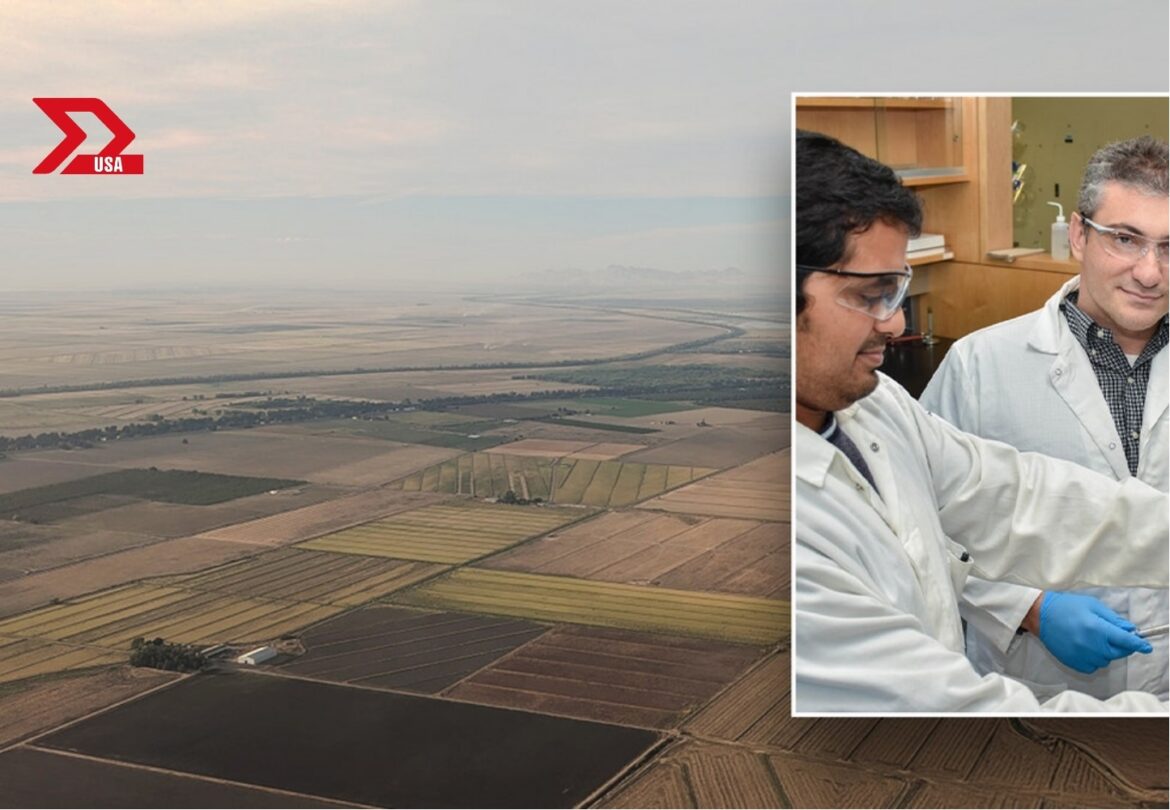The Decline of Traditional Farming
In the 1930s, around 6.8 million farms operated across America, with each averaging about 155 acres. Fast forward to 2023, and only around 1.9 million farms remain, averaging 464 acres each. This significant decline reveals an evolving agricultural landscape that demands innovative solutions.
The Promise of Artificial Intelligence
Artificial intelligence is emerging as a transformative force in agriculture, offering farmers the tools to cultivate crops more efficiently than ever. Mason Earles, an esteemed assistant professor at UC Davis, emphasizes AI’s potential to enhance productivity and reduce resource consumption. By utilizing rich data, farmers can increase crop yields and improve food quality, a necessity in today’s challenging food supply environment.
Tackling Labor Shortages with Technology
A staggering 41% of farmers reported labor shortages in 2018, a figure that has risen markedly since 2014. As workforce numbers dwindle, AI’s role becomes even more crucial. Ilias Tagkopoulos, a computer science professor at UC Davis, notes that AI does not replace traditional farming methods but instead empowers existing workers to achieve higher productivity with less effort.
AI’s Role in Data Management
Implementing AI technology allows farmers to leverage massive data processing capabilities. These advancements help in managing precise applications of fertilizers and predicting optimal harvesting times, ultimately leading to increased efficiency and sustainability in farming practices. AI can swiftly analyze numerous images to identify threats to crops, such as weeds or diseases, allowing farmers to respond swiftly and effectively.
Exploring Innovative Solutions
Several USDA projects are underway exploring the application of virtual reality in poultry processing. By investigating how robots could be controlled remotely by operators, the aim is to enhance productivity while addressing labor concerns. However, the implementation of robotic systems comes with challenges, particularly concerning initial costs.
The Potential of Indoor Farming
Controlled environments, such as indoor farms, promise high crop yields, offering year-round production potential. As funding for these ventures increases, studies signal a significant opportunity to cultivate produce in climates where traditional farming may not be feasible.
The Future of AI in Agriculture
As we move forward, farm technology will become increasingly integral to food production. Insights reveal that collaborative efforts among farmers could redefine the agricultural landscape—not as competitors but as partners working towards shared goals. The future of food production will rely on collective innovation and data sharing.
Looking Ahead
The integration of AI in agriculture signifies a vital leap towards sustainability and productivity. As researchers continue to innovate, the intersection of technology and farming promises a brighter, more efficient future.

